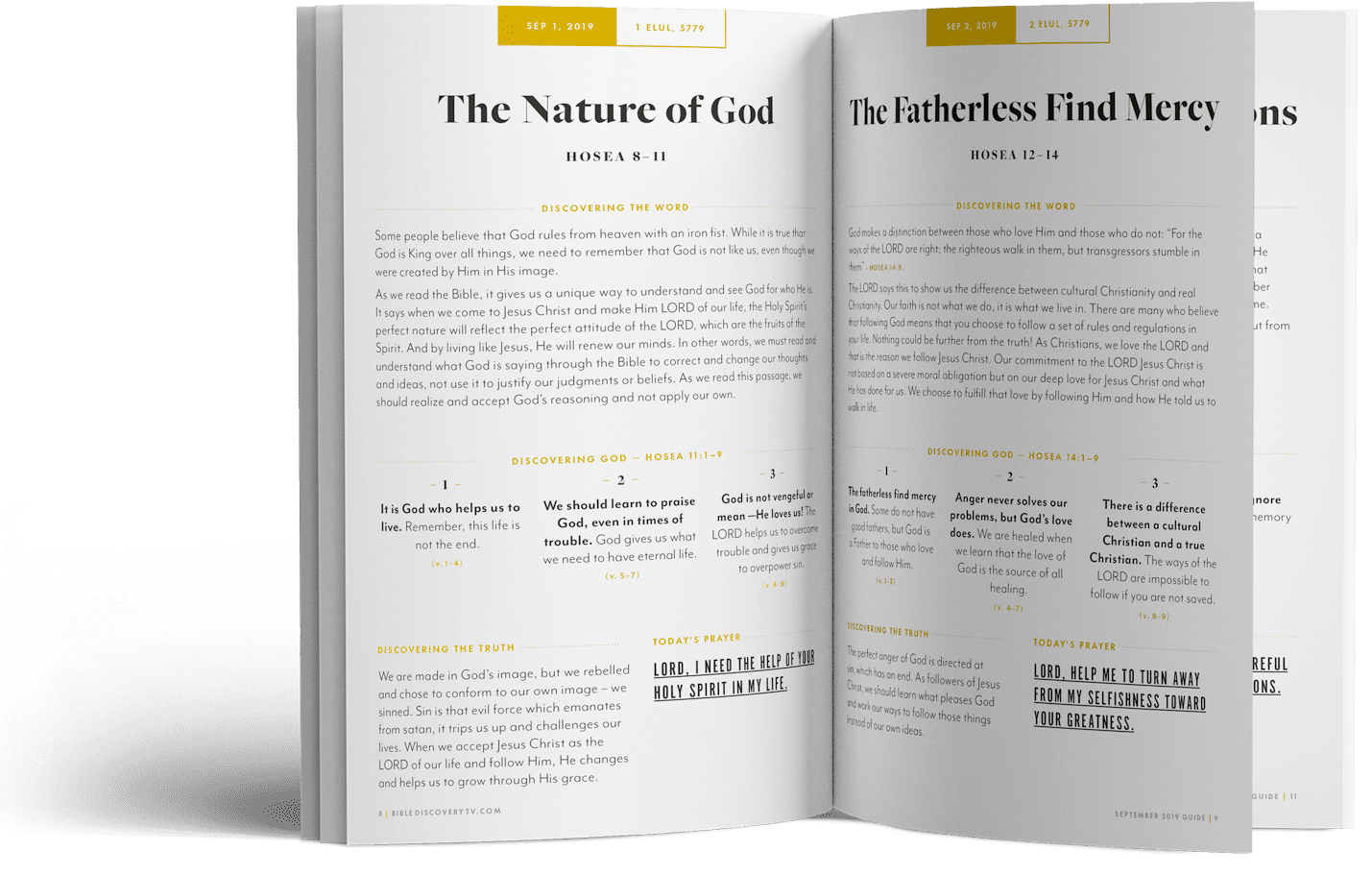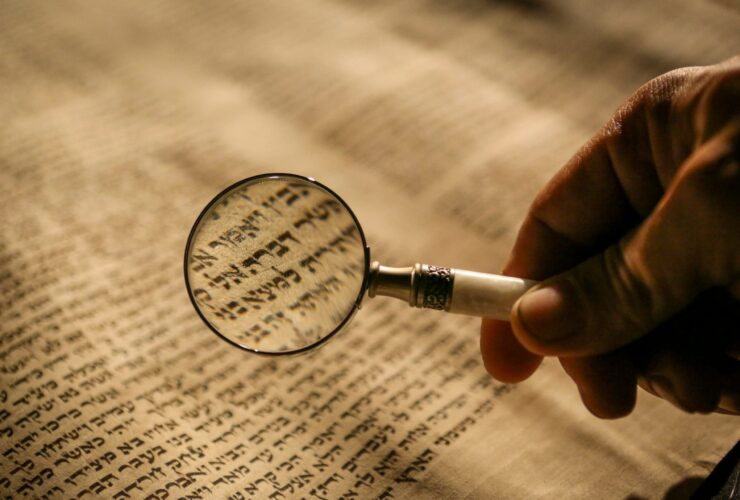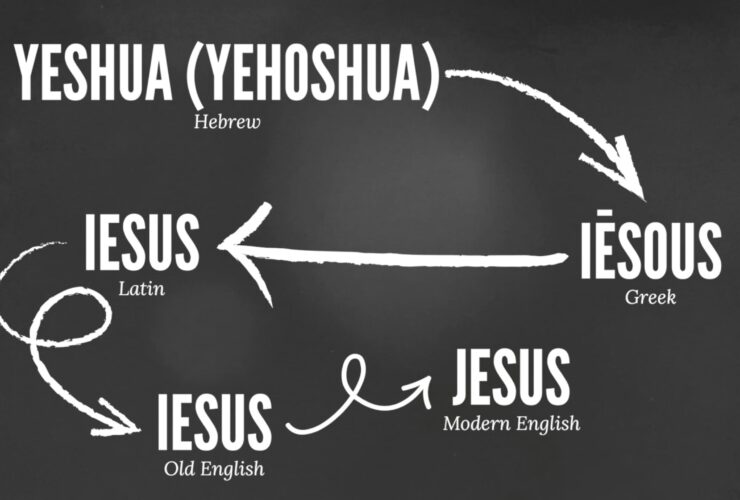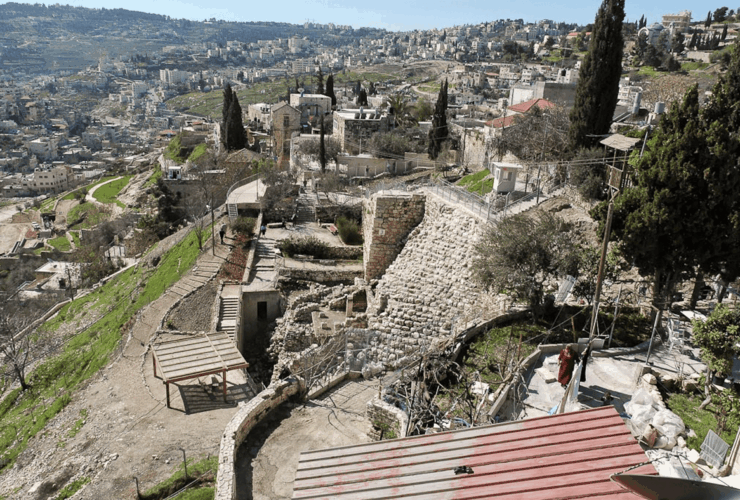Although the prophet Jeremiah had the unfortunate task of both prophesying and witnessing the terrible fall of Jerusalem at the hands of the Babylonians, he also got to share God’s promise of a future time when He would allow the Jewish people to return and rebuild their lost city. In fact, the book of Ezra opens by documenting the fulfillment of that very promise. It was like the Exodus episode all over again. But this time God had delivered His people out of Babylonian bondage in order to bring them back into the Promised Land.
Despite being back in the land, though, the Jews were quite discouraged. One reason for this was the opposition of the surrounding peoples who leveraged the Persian government in order to stop them from rebuilding the temple. And even when construction did finally get underway again sixteen years later, some of the Jews who had witnessed the magnificence and glory of Solomon’s temple were very underwhelmed by this rebuild. Furthermore, it lacked the Ark of the Covenant which, in Old Testament times, was where the presence of God resided. To combat this discouragement God raised up the prophets Haggai and Zechariah. Not only did they encourage the people to finish what they started sixteen years earlier, but Haggai assured them that the glory of this second temple would surpass the glory of the first because God’s presence was promised in a new (and greater) way (I.e., instead of the Ark of the Covenant):
“This is what the LORD Almighty says: ‘In a little while I will once more shake the heavens and the earth, the sea and the dry land. I will shake all nations, and what is desired by all nations will come, and I will fill this house with glory,’ says the LORD Almighty. ‘The silver is mine and the gold is mine,’ declares the LORD Almighty. ‘The glory of this present house will be greater than the glory of the former house,’ says the LORD Almighty. ‘And in this place I will grant peace,’ declares the LORD Almighty.” (Haggai 2:6-9 NIV)
Many Christians believe that this greater glory refers to God in the flesh—Jesus the Christ. Significantly, when the Christ Child was presented in the temple, Simeon referred to Him as “the Glory of Thy people Israel.” (Luke 2:32) The Apostle Paul also referred to Jesus and His new covenant as a “greater glory” and a “surpassing glory” even (2 Cor. 3:10-11). And while Solomon and his temple were certainly glorious, Jesus referred to Himself as “greater than Solomon.” (Matt. 12:42) But in addition to glory, Haggai also said God would grant peace. While we usually think of peace as “the absence of elements such as conflict or negative feelings,” to Christians “peace is actually the presence of something. This presence is Jesus Christ…When Jesus was born in Bethlehem, the angels celebrated His arrival by declaring ‘peace, good will toward men’ (Luke 2:14).”[1] And Isaiah and Paul both refer to Jesus as “the Prince” and “the Lord of Peace.” (Is. 9:6; 2 Thess. 3:16)
All that said, there is one potential problem with claiming that Jesus fulfilled Haggai’s prophecy. And that is by the time He was born, the second temple had been replaced with a third temple built by Herod the Great. So, did Haggai’s prophecy fail then? Not at all. For two reasons. First, the Herodian temple wasn’t really a third temple at all but was, in a sense, just a continuation of the second temple because the second temple was never destroyed. Herod merely improved and expanded upon it. Second, while this prophecy may partially have been fulfilled during Jesus’ first coming, it may in fact ultimately point forward to His second coming when, I believe, He will rule and reign the world from the millennial temple (Ezekiel’s temple?) in Jerusalem. In Jesus, then, is the fulfilment of Haggai’s prophecy!

Ryan Hembree is a daily co-host, speaker, and writer of Bible Discovery. He also hosts a YouTube channel that shows the unity of the Bible and how science and Scripture fit together. Ryan also has an honorary Masters of Ministry in Creation Science from Phoenix University of Theology.
[1] George W. Knight, The Names of God, Lord of Peace, P.151-152.






